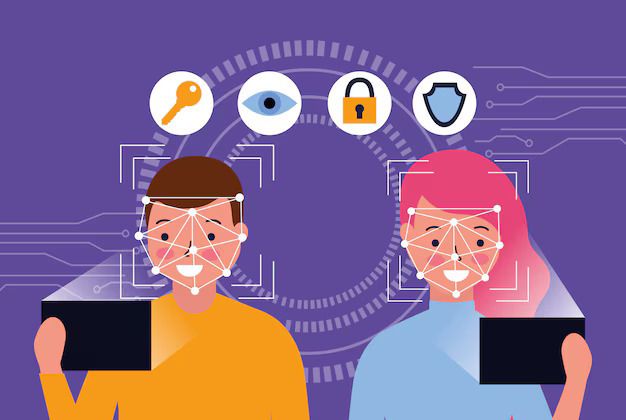As businesses increasingly adopt generative AI (GenAI) technologies, ensuring their security has become a top priority. While these models offer significant advantages, they also introduce various security risks. Understanding and implementing best practices for securing GenAI models is crucial to mitigating potential threats and safeguarding business operations.
Understanding GenAI Security Risks
Generative AI models are capable of creating text, images, and even code autonomously. However, they also pose significant security challenges, including:
Data Poisoning Attacks - Malicious actors may manipulate training datasets, leading to biased or harmful AI outputs that compromise decision-making.
Prompt Injection Attacks - Attackers can exploit AI-generated responses by embedding deceptive prompts, which may result in misinformation or unauthorized access.
Intellectual Property Theft - AI models trained on proprietary or confidential information risk leaking sensitive data when generating responses.
AI-Powered Phishing and Deepfakes - Cybercriminals can leverage generative AI to create highly convincing phishing emails and deepfake content, increasing fraud and identity theft risks.
Regulatory and Compliance Challenges - Businesses must comply with evolving AI regulations to avoid legal repercussions and ensure ethical AI usage.
Best Practices for Securing GenAI Models
To protect AI models from emerging security threats, businesses should implement robust security measures. Here are some best practices:
1. Collaborate with a Trusted AI Development Services Provider
Partnering with a reputable software engineering company ensures that AI models are developed with security-first principles. Reliable AI development services integrate encryption, access controls, and risk assessments into AI solutions.
2. Establish Rigorous Data Governance Policies
Maintaining strict control over AI training datasets can help prevent data poisoning. Implementing data access controls and monitoring data integrity are essential to mitigating risks.
3. Monitor AI Interactions and Outputs
Regularly auditing AI-generated content can help detect anomalies, biases, or security breaches. AI-driven monitoring tools can assist in flagging potential threats in real-time.
4. Secure AI APIs and Endpoints
Since AI models interact with various applications through APIs, securing these endpoints is vital. Implement authentication protocols, rate limiting, and anomaly detection to prevent unauthorized access.
5. Train Employees on AI Security Awareness
Educating employees on GenAI security risks, including phishing attempts and deepfake scams, enables them to recognize and mitigate AI-driven threats effectively.
6. Ensure Compliance with Industry Regulations
Adhering to global and industry-specific compliance standards such as GDPR, HIPAA, and ISO 27001 helps businesses mitigate legal risks associated with AI-generated content and data handling.
The Role of a Software Engineering Company in AI Security
A professional software engineering company plays a crucial role in securing AI models by offering specialized AI development services. These companies employ cybersecurity experts who focus on AI model security, penetration testing, and compliance frameworks, ensuring that AI-driven solutions remain resilient against emerging threats.
Final Thoughts
Securing generative AI models is an essential aspect of responsible AI deployment. By implementing strong security measures, partnering with trusted AI development services providers, and staying informed about evolving threats, businesses can leverage the benefits of GenAI while minimizing vulnerabilities.
Proactively addressing GenAI security risks ensures that organizations remain competitive, compliant, and resilient in an AI-driven world.




Top comments (1)
Securing generative AI models is crucial to prevent misuse and ensure reliability. Just like we protect digital assets, investing in high-quality displays like the 65-inch Samsung LED TV enhances the AI experience, whether for content creation or data visualization.